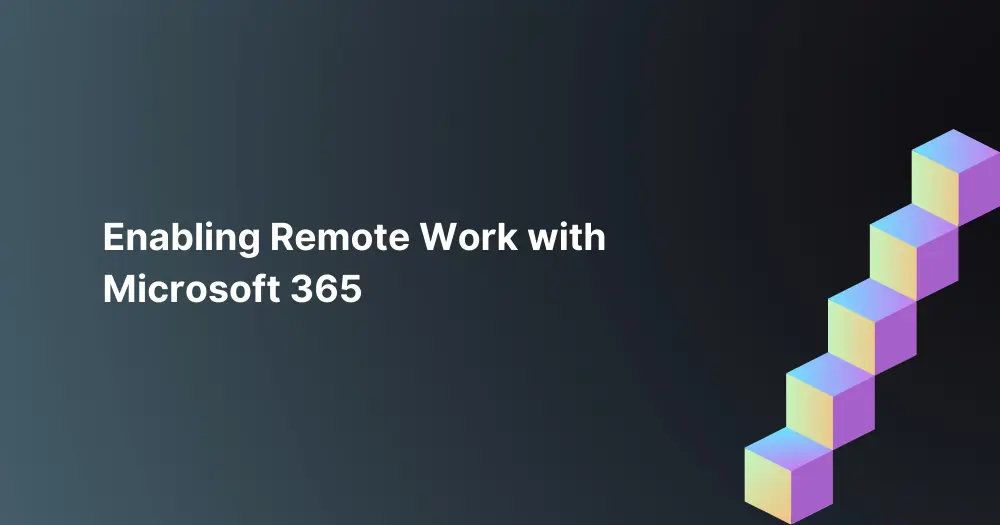
The rapid transition to remote work has blown away many businesses. Companies like Google and Twitter imposed a work-from-home policy extending until next year. Some are even thinking of fully embracing WFH permanently.
Ever since telecommuting emerged, many were left scratching their heads wondering where to begin, what tools they need, and how to adapt to this unfamiliar setting. Cloud technology has made it easy for companies to transform their operations from a brick-and-mortar model to a digitally-driven business. When businesses were coerced to keep their lights on amid the global health crisis, cloud technology has enabled them to connect internally and externally. Almost everything stays the same‚ serving your clients, collaborating with coworkers, and conducting meetings‚ but now it’s done virtually and more efficiently.
Everybody has a preference when selecting cloud-based apps for their organizations. One of the biggest dilemmas of all time is choosing between G Suite and Microsoft 365. Let’s take a look at why over millions of companies use Microsoft 365.
Microsoft 365 no longer needs an introduction. It is well-known that almost every individual has an Office app of some sort installed on their devices. It is easy to set up‚ purchase a license and just log in to your account. Businesses don’t fret about employees using Microsoft 365 due to its straightforward functionalities and user interface. They can quickly shift from a traditional work setting to everything digital. However, how does Microsoft 365 help overcome work challenges these days?
Microsoft apps include:
Collaboration is simple. Office 365 apps such as Excel, PowerPoint, and Word are available online providing users ease of access and real-time collaboration with your coworkers. For instance, John creates a Word document on a cloud and shares access to a coworker, both of them can work on the document simultaneously.
Teams is another application useful for remote work. It is a unified communications platform that includes instant messaging, document creation, sharing files, and video conferencing all in one platform. We used to collaborate in person, but Teams makes it easy to call your coworkers as if you are just a few miles away from each other‚ the human connection among your colleagues had in the office.
OneDrive and SharePoint serve as a data center. Your accumulating number of files can be stored in the drive instead of saving it locally, which can later take up the space of your device. Both apps are scalable causing them to be more attractive to users who have loads of information and need to increase storage as their files grow. It can also serve as a central repository for the whole organization. Let’s say one of your coworkers is looking for a specific document, they can easily find it in the drive rather than asking people where the document is and waiting for someone to share it.
Microsoft allows you to implement multi-factor authentication when logging into an account. Aside from that, Microsoft users have more than 1,000 security controls to enhance their data and account protection. Security protocols can be implemented organization-wide and activities such as unusual logins or suspicious activities can be monitored in the admin console. You can also configure the permission level when sharing documents or giving access to a channel‚ member, admin, viewer, or editor.
Microsoft uses enterprise-grade security apart from the security controls provided to users. They ensure that the data on their systems are well-protected against cyberattacks especially at this time of sophisticated cyberattacks. For organizations with an enterprise plan, a dedicated monitoring system comes with their license. This security system allows the admin to see what’s going around their Office ecosystem whether there are any malicious activities or unusual logins.
Ready to empower your remote workers? Let us help with your journey to the cloud. Contact BlackPoint IT. Let’s continue the conversation there.